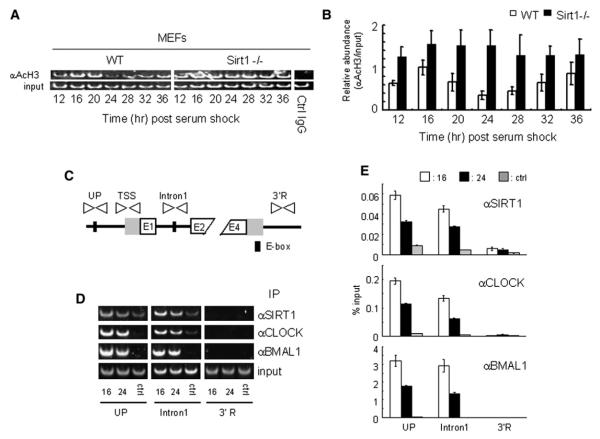Figure 4. SIRT1 Is Recruited to the E-box and Regulates Circadian Histone Acetylation on the Dbp Gene.
(A and B) Histone H3 (Lys9/Lys14) acetylation at Dbp TSS is hyperacetylated in SIRT1-deficient MEFs. Crosslinked cell extracts were isolated from WT or SIRT1-deficient MEFs at indicated time points after serum shock, subjected to ChIP assay with anti-acetyl histone H3 (Lys9/Lys14) and control IgG, and analyzed by semiquantitative PCR (A) or quantitative PCR (B) with TSS primers. Control IgG was used as a control for immunoprecipitation. The value at time 16 in WT MEF was set to 1.
(C) Schematic diagram of the mouse Dbp promoter and primers used for ChIP assay.
(D) Representative results of the ChIP assay analyzed by semiquantitative RT-PCR. Dual crosslinked cell extracts were isolated from MEF after 16 or 24 hr serum shock and subjected to ChIP assay with anti-SIRT1, anti-CLOCK, anti-BMAL1, or no antibody (ctrl). No antibody and 3′R primers were used as controls for immunoprecipitation and PCR, respectively.
(E) Quantification of ChIP by quantitative PCR. Quantitative PCR was performed on the same samples as described in (D). All data presented are the means ± SEM of three independent samples.

